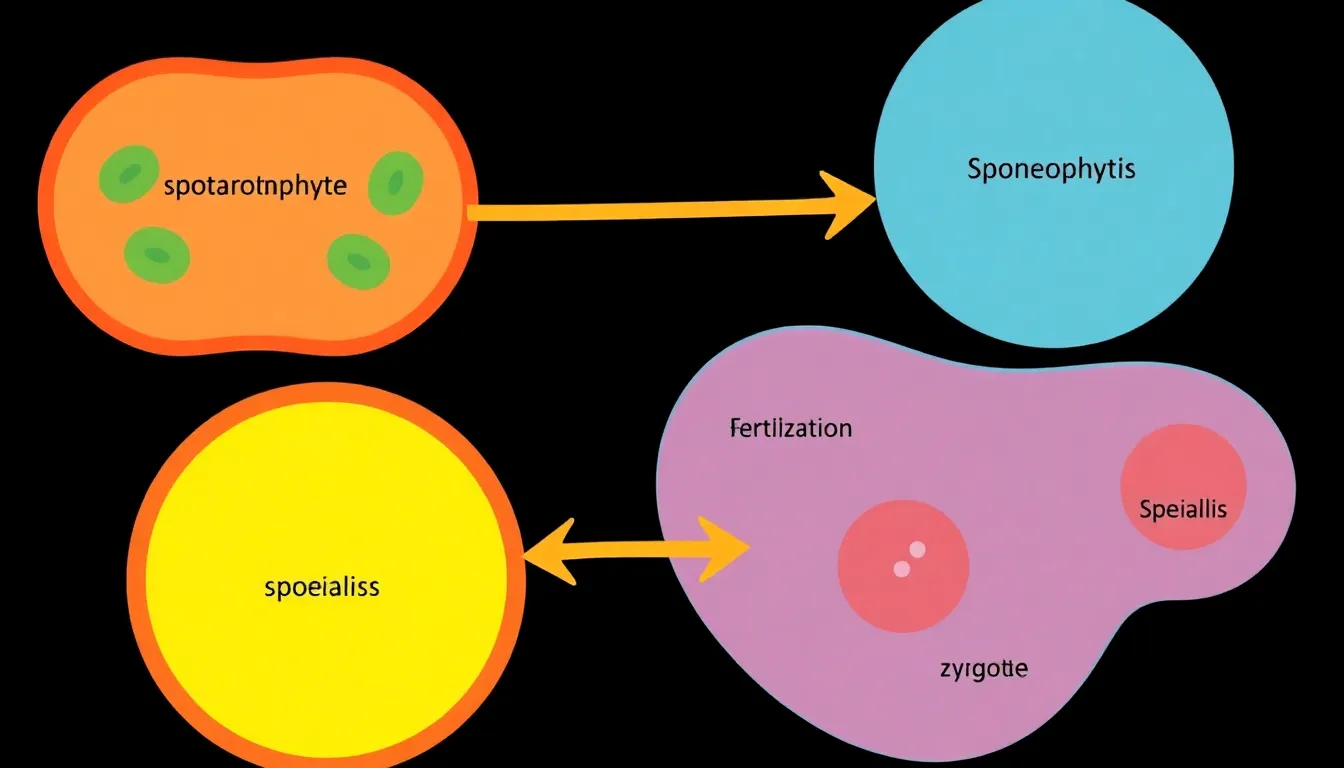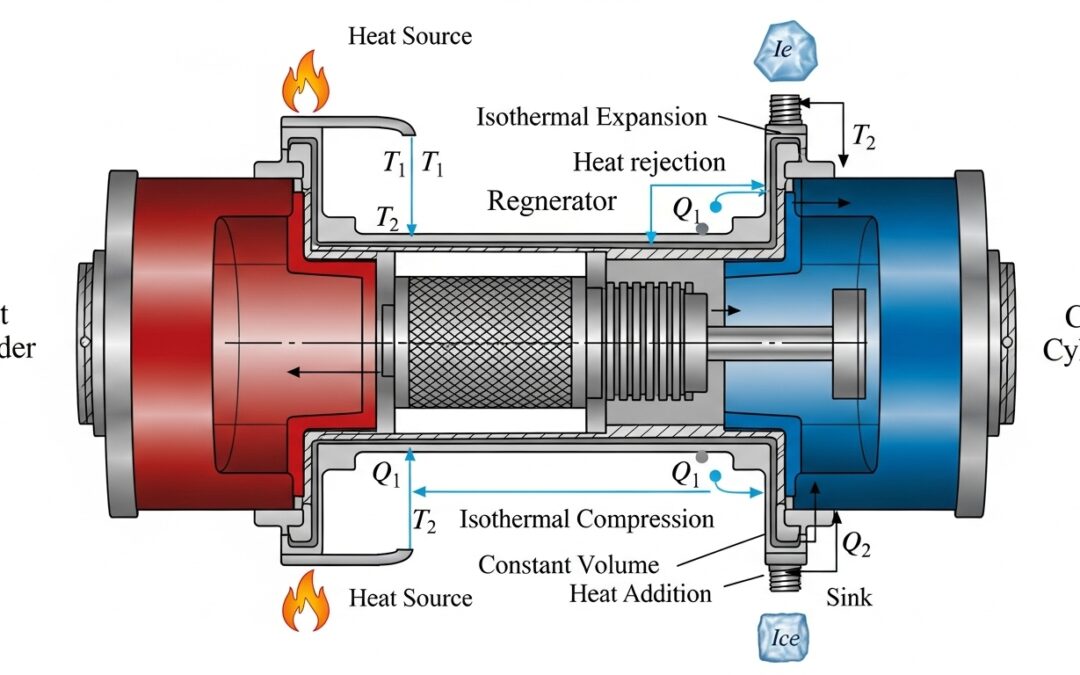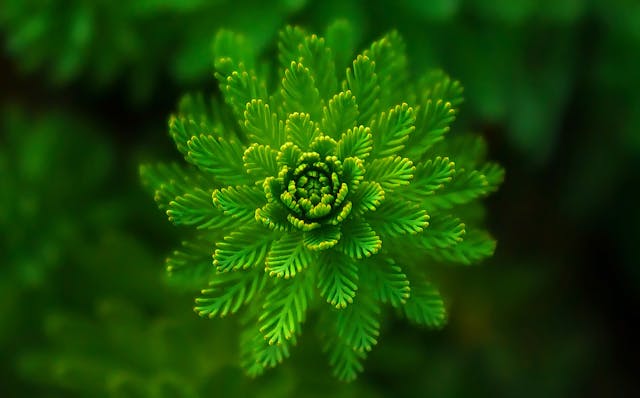Alternation of Generations shapes the lifecycles of land plants and many algae, weaving haploid and diploid forms into a coherent narrative of growth, reproduction, and adaptation. This article unpacks how sporophyte and gametophyte stages alternate, why dominance shifts across groups, and how historical ideas converge on plant life cycles.
Table of Contents
- Alternation of Generations: Concept and Definition
- Alternation of Generations: Life Cycle Stages
- Alternation of Generations: Isomorphy and Heteromorphy
- Alternation of Generations: Dominance Across Plant Groups
- Alternation of Generations: Algae and Triphasic Cycles
- Alternation of Generations: Meiosis, Fertilization, and Genetic Variation
- Alternation of Generations in Seed Plants: Reduced Gametophytes
- Alternation of Generations: Historical Foundations
- Alternation of Generations: Terminology and Modern Concepts
- Alternation of Generations: Synthesis and Outlook
Read More
Alternation of Generations shapes the lifecycles of land plants and many algae, weaving haploid and diploid forms into a coherent narrative of growth, reproduction, and adaptation. This article unpacks how sporophyte and gametophyte stages alternate, why dominance shifts across groups, and how historical ideas converge on plant life cycles.
Alternation of Generations: Concept and Definition
At its core, alternation of generations denotes a life cycle that alternates between multicellular diploid and haploid forms. In plants, the diploid sporophyte produces sporangia by meiosis, yielding haploid spores. These spores germinate into the haploid gametophyte, which forms gametes by mitosis, restoring the diploid zygote through fertilization and forming a new sporophyte.
This cycle emphasizes two distinct generational bodies: the sporophyte, typically diploid and spore-producing, and the gametophyte, haploid and gamete-forming. In many lineages, these generations differ in size, nutrition, or independence, yet together they realize a complete reproductive strategy adapted to terrestrial life.
Alternation of Generations: Life Cycle Stages
Following fertilization, the diploid zygote undergoes mitotic divisions to form the sporophyte. As it matures, meiosis occurs in specialized organs called sporangia, producing haploid spores. These spores disperse, germinate, and grow into multicellular gametophytes, initiating the next generation’s haploid phase.
Gametophytes then produce gametes by mitosis; fertilization yields a zygote again, which re-enters development into a new sporophyte, closing the loop of alternation. This cycle ties together genetic recombination with developmental transitions, providing a robust framework for plant diversity and adaptation.
Alternation of Generations: Isomorphy and Heteromorphy
In some lineages, the sporophyte and gametophyte appear alike—a condition called isomorphy (isomorphy). Filamentous algae such as Cladophora exhibit diploid sporophytes and haploid gametophytes that look externally similar, making the two generations difficult to distinguish by morphology alone.
Heteromorphy or anisomorphy describes a dominant generation that differs in form and size. In liverworts, mosses, and hornworts, the gametophyte is dominant and the sporophyte is dependent; the sporophyte lacks independent chlorophyll and relies on the gametophyte for nourishment, linking their fates in a tight partnership.
Alternation of Generations: Dominance Across Plant Groups
In bryophytes—the liverworts, mosses, and hornworts—the gametophyte is the conspicuous, photosynthetic generation. The sporophyte remains small, often dependent on the gametophyte for nutrients and water, and may be proprioceptive to the parent. This dominance pattern contrasts with later-diverging lineages.
In vascular plants, the sporophyte becomes dominant while the haploid gametophyte is reduced and often internal. Ferns show abundant sporophyte growth; seed plants retain a minimal gametophyte within the sporophyte. This shift illustrates how generation dominance mirrors ecological strategy and morphological innovation.
Alternation of Generations: Algae and Triphasic Cycles
Algae show remarkable variety: Ulva lactuca commonly displays isomorphic generations, where diploid sporophytes and haploid gametophytes resemble one another and remain free-living. In contrast, some red algae adopt triphasic patterns, adding an extra sporophyte phase, complicating the alternation of generations.
In ferns and their relatives, the gametophyte is a small, brief prothallus that supports early development, but the sporophyte soon dominates. This heteromorphic pattern clarifies how a life cycle can balance independence with integration, demanding precise coordination of growth signals across generations.
Alternation of Generations: Meiosis, Fertilization, and Genetic Variation
Meiosis within sporophyte sporangia reduces chromosome number from 2n to n, yielding haploid spores that seed the next generation. This reductional step ensures genetic recombination and variation, providing raw material for natural selection while maintaining the alternation of multicellular generations.
Fertilization restores diploidy by uniting haploid gametes into a diploid zygote, which develops into the sporophyte. In angiosperms, double fertilization leads to endosperm formation, nourishing the developing embryo, while the gametophyte remains highly reduced within the sporophyte tissues.
Alternation of Generations in Seed Plants: Reduced Gametophytes
In seed plants, the sporophyte is the dominant multicellular phase, while the gametophytes are markedly reduced and typically depend entirely on the sporophyte for nutrition. The female gametophyte develops within the ovule, and the male gametophyte is the pollen grain.
Double fertilization, unique to angiosperms, merges a sperm with the egg to form the zygote while another sperm fuses with two polar nuclei to create endosperm, supporting embryo development; the seed then shelters the next sporophyte in a portable, durable form.
Alternation of Generations: Historical Foundations
Historical perspectives reveal a turning point: Hofmeister’s 1851 demonstration of two, morphologically distinct generations—sporophyte and gametophyte—defined the concept. Later, Strasburger identified cytological alternation of nuclear phases, clarifying how diploid and haploid nuclei reorganize, paralleling the morphological switch and aligning the theory with cellular reality.
Terminology and debates emerged in the 19th century—antithetic versus homologous explanations—shaping the modern understanding of plant life cycles. The conversation highlighted whether the two generations were separate organisms or functionally integrated, a theme that persists when comparing bryophytes, ferns, and flowering plants.
Alternation of Generations: Terminology and Modern Concepts
Modern terminology captures the dual-phase life cycle with phrases such as diplohaplontic or dibiontic, underscoring two multicellular stages. By contrast, diplontic and haplontic describe life cycles with a single multicellular phase—emphasizing how alternating generations broadens our classification and reveals evolutionary strategies.
The concept of dominance and isomorphy or anisomorphy across lineages remains central to understanding biodiversity. As plants evolved, shifts in generation dominance accompanied structural innovations, from moss gametophyte-heavy uniseriate growth to seed-plant sporophyte dominance, illustrating how life cycles adapt to ecological pressures.
Alternation of Generations: Synthesis and Outlook
In summary, alternation of generations unifies a wide array of life cycles across plants and algae. By tracing meiosis, fertilization, spore germination, and gametophyte development, we reveal how diploid and haploid phases coordinate growth, reproduction, and adaptation within diverse ecological contexts.
Ultimately, recognizing alternation of generations enriches our understanding of evolution, guides teaching in classrooms, and informs conservation strategies for plants and algae alike, illustrating how nature’s alternations sustain diversity and resilience across ecosystems. Final note: the two generations effectively coordinate to sustain life.
Final Solution
Wherever biology studies reproductive cycles, the alternation of generations remains a unifying framework: the diploid sporophyte and haploid gametophyte alternate roles, enabling genetic variation, adaptation, and complexity across life forms.
| Aspect | Summary |
|---|---|
| Definition | Alternation of generations is a life cycle alternating between diploid sporophyte and haploid gametophyte generations. |
| Key Processes | Meiosis in sporophyte sporangia; mitosis in gametophyte development; fertilization restores diploidy. |
| Dominance Variations | Some groups have dominant sporophyte; others have dominant gametophyte (e.g., bryophytes). |
| Algae Diversity | Isomorphic cycles vs triphasic patterns; sporophyte and gametophyte can be hard to distinguish morphologically. |
| Seed Plants | Gametophytes are reduced and contained within the sporophyte; pollen and ovules reflect this integration. |
| Historical Notes | Hofmeister and Strasburger helped define the dual-generation concept and cytological alternation. |
We also Published
RESOURCES
- Alternation of generations – Wikipedia
- 6.2: Alternation of generations – Biology LibreTexts
- Alternation of generations | Definition & Examples | Britannica
- Epigenetic reprogramming rewires transcription during the …
- Epigenetic reprogramming rewires transcription during the …
- How did alternation of generations evolve? : r/evolution
- The origin of alternation of generations in land plants: a focus on …
- Worldbuilding Biology Lesson – Alternation of Generations : r …
- Alternation of generations (Chapter 2) – Biology and Evolution of …
- What could animals do with alternating generations? : r …







0 Comments